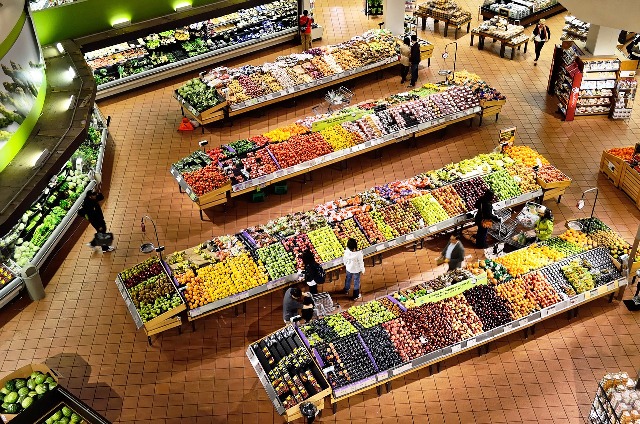Food wastage and the Sustainable Development Goals
Related Articles
Top CSR Projects for Animals in India
The Companies Act, 2013, mandates that companies spend a portion of their profits on CSR activities. Schedule VII of the act explicitly allows for...
सुप्रीम कोर्ट के फैसले से छिड़ा नया विवाद, दिल्ली राजस्थान समेत 4 राज्यों में बढ़ी पर्यावरणीय चिंता
सुप्रीम कोर्ट द्वारा अरावली पर्वतमाला की परिभाषा तय करने के लिए केंद्र सरकार के प्रस्ताव को मंजूरी दिए जाने के बाद देश में एक...
Supreme Court का अरावली फैसला: उत्तर भारत का “Death Warrant” बन सकता है?
नवंबर 20, 2025 को सुप्रीम कोर्ट ने अरावली पर्वतमाला की नई परिभाषा को मंजूरी दे दी। अब केवल वही पहाड़ “अरावली” माने जाएंगे, जो...


